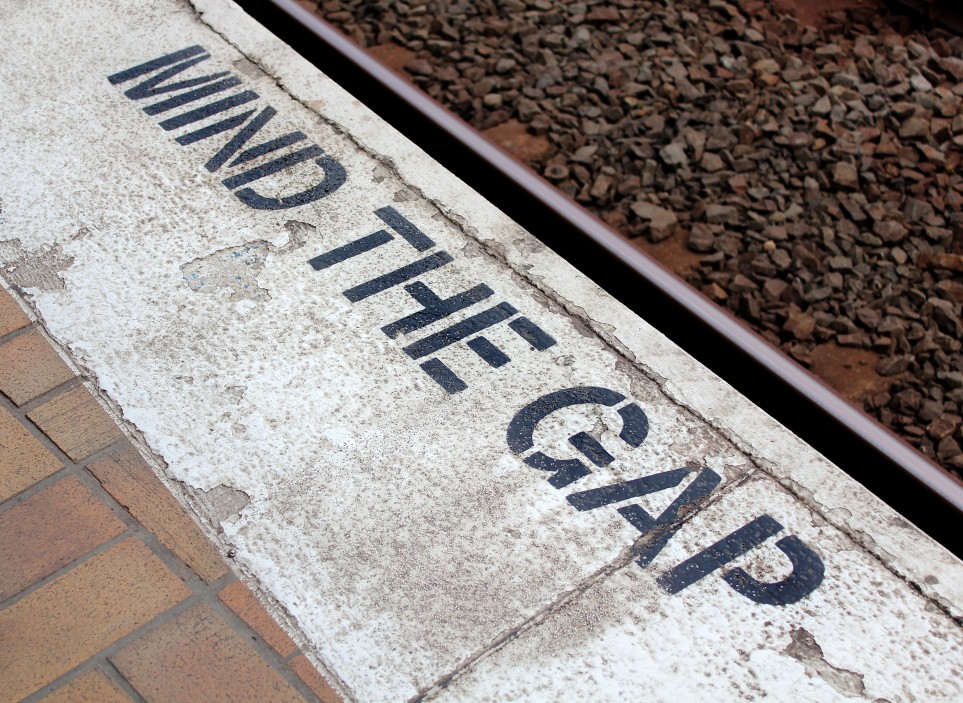(Photo by Shopify Partners from Burst)
Anyone buying a home today likely knows what an appraisal is, but what about an appraisal gap? A home appraisal is almost always required by a homebuyer to fulfill their requirements when obtaining a mortgage loan, or, even in the absence of a mortgage, to understand the value of the property which they are purchasing.
Appraisals are done once a property is under contract, and are both useful and necessary to confirm that the sales price is fair to everyone involved — the buyer, the seller, and the lender — because the lender needs assurance that the property is valued appropriately in order to approve the requested loan amount.
But what a buyer may not have heard about is the creative “appraisal gap” clause, also known as an appraisal gap guarantee clause or appraisal gap coverage.
What Is An Appraisal Gap?
An “appraisal gap” is, quite simply, the difference between the appraised value of a home and the purchase price in the sales contract.
Buyers in today’s competitive market know that “list price” is all too often just the starting point, and it’s common to go over the asking price in a bidding war. But even though you say you will pay a certain amount, the bank may not lend you more than the appraised value of the home. This means you have to have the cash on hand to make up the difference, or the gap.
Buyers must be aware that in some situations the appraisal price comes in lower than the agreed-upon price. This is especially true in a fast-paced sellers’ market like today, where appraisals can’t keep up with average and median sales prices that keep rising.
Lenders usually only approve homes valued up to 80% of a home’s assessed value. So if the appraisal is less than that amount, the lender may not approve as much of a loan, and the amount of the difference will need to be covered by the buyer or the seller. In a seller’s market such as we are in today, it isn’t likely that the seller will budge much to accommodate, so the buyer may have to come up with more of a down payment, or close the gap in some other way.
The Appraisal Gap Clause
Writing coverage of the appraisal gap — the difference between the offer and the appraised amount the bank will lend on — into a sales contract isn’t a new negotiation tactic for a hot market like the one we’re in. But agents across the country say that is become increasingly common, especially in the last several months, as buyers are looking for any potential edge to make their offer stand out, and appraisal gap clauses are a creative, but risky way to be competitive.
An appraisal gap clause is used in a sales contract to guarantee that the home buyer will cover the monetary gap between the appraisal and the sales contract if an appraisal gap becomes an issue.
The home buyer will have to decide how much money they are willing to offer up as the “gap coverage.” This is written into your offer, with a specific amount detailing how high you will go, to cover any shortage between the home’s appraised value and your offer price.
This is Different Than an Appraisal Contingency
An appraisal contingency lets buyers walk away from the deal and have their earnest money deposit returned if the appraisal comes back too low. In contrast, the appraisal gap clause is almost the opposite, instead ensuring that the deal will go forward even in the case the appraisal comes back lower than the bank prefers.
Why Use An Appraisal Gap Clause?
An appraisal gap clause shows the seller that you are serious about the home and are willing to pay more because you believe the home is worth more — or it is worth more to you — than the appraised value. It also shows that you’re able to offer additional funds to ensure that the deal goes through.
This can prove to be a bit of a gamble since you won’t know for sure if you have to use the money offered in an appraisal gap clause until after the appraisal is completed. There is a chance you could offer an appraisal gap and never have to use it. But, know that you must have the money ready in case the appraisal gap clause is enacted. This is in addition to your down payment, so be thoughtful about the funds you are committing to use.
Adding an appraisal gap guarantee is a risky proposition, but it is one that many buyers are considering to sweeten their offers and stand out in today’s hot market. This is a strategy that is best for those making all-cash offers or who may already be able to offer large down payments.
Let LIST WITH ELIZABETH® help you decide if including an appraisal gap clause in your offer is the right strategy for you!




Leave a Reply